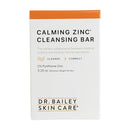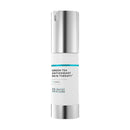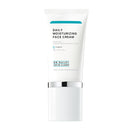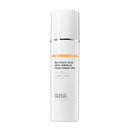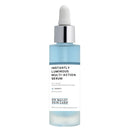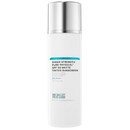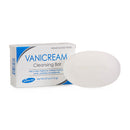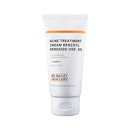Fingernail Problems from Gloves During the COVID-19 Pandemic

Fingernail problems from gloves during the COVID-19 pandemic needs to be on your radar. If you are wearing patient exam gloves made of nitrile, rubber, polychloroprene or vinyl, the materials don't breathe. Wearing them for long periods of time will create a moist, warm humid environment that's perfect for the growth of natural skin yeast that can cause nail troubles. It's important to know how to prevent these common nail problems during this time.
Right now, many people are stuck in gloves for hours at a time as a means to lower the rate of COVID-10 spread - from grocery workers to letter carriers and Amazon warehouse workers, we're seeing gloves everywhere. As a dermatologist who has spent a career in surgical gloves for hours at a time I know personally and professionally that this leads to fingernail yeast overgrowth.
Take steps now to prevent the fingernail yeast infections from becoming a problem during the COVID-19 Pandemic.
There are two common types of nail yeast infections that are common and can increase during the COVID-19 crisis from wearing gloves:
- Candida onycholysis
- Paronychia
People who are diabetics or immunosuppressed are always more prone to infections including Candida nail infections.
What is Candida onycholysis?
Candida onycholysis is seen as a lifting of the fingernail from the skin under the nail at the end of your fingernail bed. The word ‘onycholysis’ means that the nail plate becomes separated from the skin under your nail. Candida is a type of yeast that we all have growing here and there – on our skin, in our mouth etc. Normally it is part of our normal skin probiotic population of skin microbes and is present without causing problems.
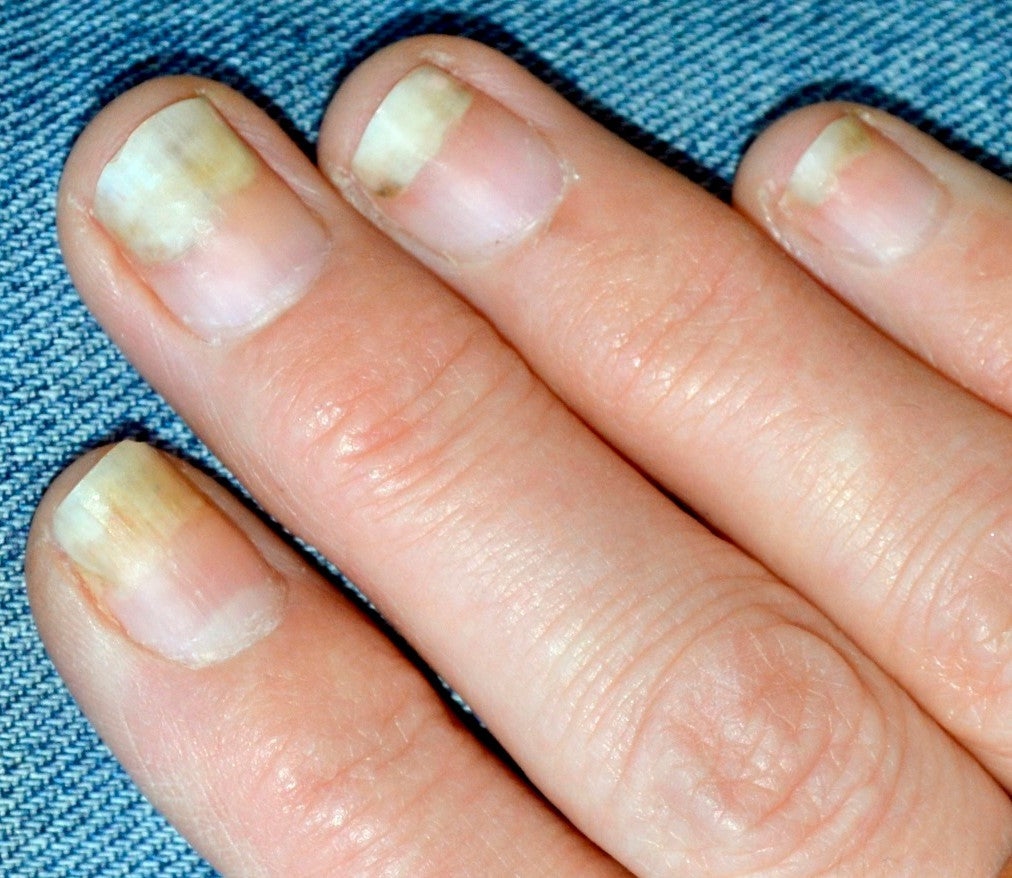 If you have Candida onycholysis you will see that instead of a nice curved end to your fingernail the border between the attached portion and the unattached nail end becomes irregular. This usually does not hurt, and has no redness or discharge. It can happen quickly – your nails are normal when you put your gloves on and when you take them off in an hour the underneath of your fingernail is irregular.
If you have Candida onycholysis you will see that instead of a nice curved end to your fingernail the border between the attached portion and the unattached nail end becomes irregular. This usually does not hurt, and has no redness or discharge. It can happen quickly – your nails are normal when you put your gloves on and when you take them off in an hour the underneath of your fingernail is irregular.
People who have jobs where they sweat or who have hyperhidrosis are more prone to this problem because the moist warm conditions in your gloves promote the growth of yeast.
How do you prevent and treat Candida onycholysis?
Let your hands dry out as much as possible between wearing gloves. Keep your nails short so that they dry quickly. After washing your hands and nails, towel them dry then dip the nails in rubbing alcohol to help control the yeast and dry out the nail space; rubbing alcohol will displace water and evaporate quickly. You can also use a dropper bottle to get rubbing alcohol under your nails.
If the onycholysis is not improving then use clotrimazole cream or solution in the morning and at bedtime to help treat the yeast.
Do NOT use cornstarch in your gloves to try to absorb sweat in your gloves. Cornstarch is a carbohydrate and yeast love it.
What is paronychia nail infection?
 There are two types of paronychia, one that involves Candida yeast and the other that also includes bacteria, typically Staph or Strep. Both involve inflammation, swelling and redness of the skin that surrounds the nail such as the sides and/or the cuticle. The swelling may be subtle at first but can become painful and dramatic, requiring a trip to the doctor for antibiotics and perhaps even surgical drainage of an abscess if it becomes severe. The best course of action is to try to prevent paronychia before it happens.
There are two types of paronychia, one that involves Candida yeast and the other that also includes bacteria, typically Staph or Strep. Both involve inflammation, swelling and redness of the skin that surrounds the nail such as the sides and/or the cuticle. The swelling may be subtle at first but can become painful and dramatic, requiring a trip to the doctor for antibiotics and perhaps even surgical drainage of an abscess if it becomes severe. The best course of action is to try to prevent paronychia before it happens.
How do you prevent paronychia?
As with Candida onycholysis you want to let your nails dry out as much as possible between the times where you need to wear gloves. In addition, you want to avoid traumatic injury to the skin on the sides of your nail folds.
Most importantly, don’t clip your cuticles or the skin on the sides of your fingernails. Don’t bite the skin, try to aggressively cut hang nails or pull at peeling skin around your nails.
Your cuticle is a natural seal protecting the proximal nail fold below. This is the space where you nail grows out from the skin of your finger. It is like a pocket and the cuticle keeps it dry. If moisture is allowed to enter due to a defect in the cuticle then infection may occur. Protect your cuticles by NOT cutting them – ever – but especially now!
If you must wear occlusive gloves that don’t breathe for long periods of time to protect yourself from COVID-19 then you must protect the skin around your nails to help prevent paronychia. As with Candida onycholysis, don’t use cornstarch in your gloves.
How do you treat paronychia?
If the swelling and redness is very subtle you can try dripping rubbing alcohol into the fold after washing and drying your hands then applying clotrimazole cream around the area on the skin. If it does not respond and/or worsens then you need to see your health care provider who may feel that a prescription for oral antibiotics is necessary.
Know that paronychia is very slow to heal such that your nail is normal and strong again. Once the folds have rounded and swelled the seal protecting them is broken. It can take many months to regrow this seal.
Nail splitting, ridging and dryness from hand sanitizers and hand washing during the COVID-19 pandemic.
An inevitable consequence of all the rubbing alcohol, hand sanitizing and washing that we are doing to protect ourselves from the COVID pandemic is drying out of our fingernails. Fingernails are made of a brick and mortar structure of protein and lipid. Lipid is lost with alcohol and soap contact. Protein is eventually damaged and nails dry, split, crack and chip.
To read how to care for nails prone to drying and splitting click here to read my post titled: Splitting Fingernails that are Cracked Dry and Brittle; Dermatologist's Tips
What are the best hand care products to prevent dry and chapped hands during the COVID-19 Pandemic?
My staff, family and I use our Natural Foaming Hand Soap, Dry Skin Hand Cream and/or Natural Hand and Body Lotion. For dry fingernails we use Bag Balm. These products are fragrance-free, deeply hydrating and healing, hypoallergenic for sensitive skin and work well for the entire family. I keep a kit at every sink and the Bag Balm and cotton gloves in my bedside table. Get them in the following Hand Care Kits:
Reference:
Al-Dwibe, H., Ghazil, M. B., & Kalifa, Z. (2018). Candida and Other Yeasts as Nail Pathogens in Chronic Paronychia and Onycholysis of Fingernails. Journal of Advances in Medicine and Medical Research, 27(9), 1-5.


